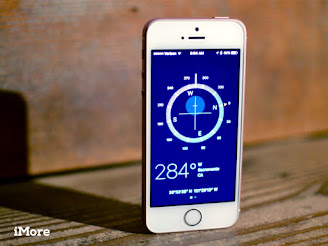REAL WORLD IOT EXAMPLES
Here, we are going to discuss some real world IOT applications such as IOT sensors, IOT data analytics, IOT tracking and monitoring system, connected health care system and finally wearables.
IOT SENSORS:
 IOT sensors consists of manual or digital sensors connected to circuit boards such as Arduino UNO or Raspberry Pi2 . The circuit boards are programmed to measure a range of data collected from a sensor device such as carbon monoxide, temperature, humidity pressure, vibration and motion.
IOT sensors consists of manual or digital sensors connected to circuit boards such as Arduino UNO or Raspberry Pi2 . The circuit boards are programmed to measure a range of data collected from a sensor device such as carbon monoxide, temperature, humidity pressure, vibration and motion.
The IOT sensors allow seamless control of data through automation delivering actionable insights. They can be used by business for predictive maintenance, enhanced efficiency and reduced costs.
IOT DATA ANALYTICS:
 Data analytics is the analysis of huge data volumes generated by connected devices. Widely known companies such as Microsoft, GE, Amazon,SAP and sales force have already started implementing IOT data analysis into their day to day processess.
Data analytics is the analysis of huge data volumes generated by connected devices. Widely known companies such as Microsoft, GE, Amazon,SAP and sales force have already started implementing IOT data analysis into their day to day processess.
IOT data analytics app can analyze structured, unstructured and semi structured data to extract meaningful insights and also to investigate motion data sets, geographical data and health care data.
IOT TRACKING AND MONITORING SYSTEM:
![]() Many business are using IOT systems for asset tracking. IOT asset tracking devices use GPS or Radio frequency to track and monitor properties. The smart devices can be used for long-range identification of assets.
Many business are using IOT systems for asset tracking. IOT asset tracking devices use GPS or Radio frequency to track and monitor properties. The smart devices can be used for long-range identification of assets.
CONNECTED HEALTH CARE SYSTEM:
 IOT has more number of applications in health care industry. The technology can be used to provide high quality medical services using smart medical devices. It is also called as Internet of Medical Things(IOMT), the technology that can help in monitoring and supporting vital data which can help in making clinical decisions.
IOT has more number of applications in health care industry. The technology can be used to provide high quality medical services using smart medical devices. It is also called as Internet of Medical Things(IOMT), the technology that can help in monitoring and supporting vital data which can help in making clinical decisions.IOT devices can collect health care including blood pressure, sugar level , oxygen and weight. Data can be stored in online and it can be accessed by the physician anytime.
WEARABLES:
 Wearables have a explosive demand in markets all over the world. Companies like Google, Samsung have invested heavily in building such devices. They are installed with sensors and softwares which collect data and information about the users. This data is later pre-processed to extract essential insights about user.
Wearables have a explosive demand in markets all over the world. Companies like Google, Samsung have invested heavily in building such devices. They are installed with sensors and softwares which collect data and information about the users. This data is later pre-processed to extract essential insights about user.
These devices broadly cover fitness, health and entertainment requirements. The pre-requisite from IOT technology for wearable applications is to be highly energy , efficient or ultra low power and small sized.




















